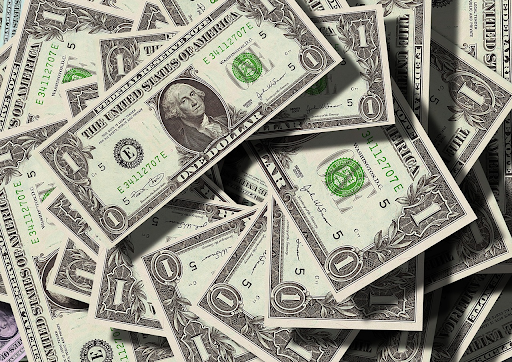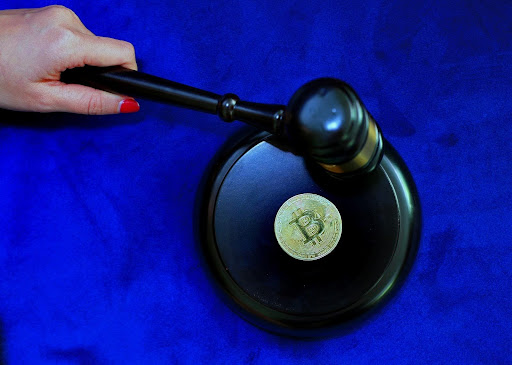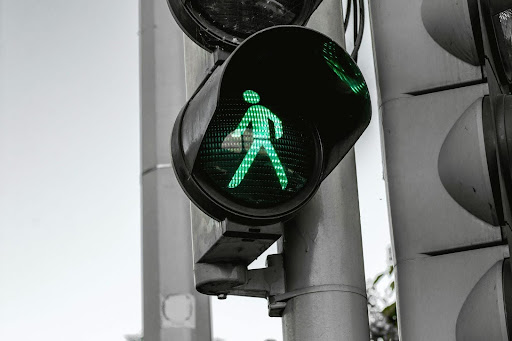Saving money is important, but keeping your cash in a regular savings account might not be the best choice. With interest rates that barely keep up with inflation, your money doesn’t grow much over time. You might be wondering if there’s a better way to save—one that helps your money grow faster without taking big risks.
That’s where a high-yield savings account comes in. It works just like a regular savings account but offers much higher interest rates, meaning you earn more money just by letting your savings sit there. If you want to make your savings work for you, then you need to know how these accounts work and what to look for when choosing one.
Understanding High-Yield Savings Accounts
A high-yield savings account is a type of bank account that pays a much higher interest rate than traditional savings accounts. The biggest difference is how much you can earn. While a standard savings account might offer an interest rate of 0.01% to 0.10%, a high-yield savings account could give you rates of 4.00% or more, depending on the market.
These accounts are usually offered by online banks, credit unions, and some traditional banks. Online banks tend to provide the highest rates because they have lower operating costs and pass those savings on to customers.
Choosing the Best Online High Yield Savings Account
Not all high-yield savings accounts are the same, so it’s important to compare your options. When searching for the best online high yield savings account, you should consider a few key factors to make sure you’re getting the most out of your money.
You should look at the interest rate. The higher the rate, the more you’ll earn. However, some banks offer promotional rates that drop after a few months, so check if the rate is guaranteed or subject to change.
How to Open and Manage a High-Yield Savings Account
Opening a high-yield savings account is usually a simple process, especially if you go with an online bank. Most banks let you apply online in minutes by providing basic personal details, your Social Security number, and a way to fund your account.
Once your account is set up, managing it is easy. You can transfer money in and out through your linked checking account. Some banks also allow mobile check deposits, automatic transfers, and direct deposits from your paycheck.
The Safety of High-Yield Savings Accounts
One concern you might have is whether your money is safe in a high-yield savings account. The good news is that most of these accounts are protected by the Federal Deposit Insurance Corporation (FDIC) or the National Credit Union Administration (NCUA). This means that if the bank fails, your deposits (up to $250,000 per depositor) are insured, so you won’t lose your money.
Unlike investments in stocks or cryptocurrency, high-yield savings accounts carry almost no risk. You won’t lose money due to market fluctuations, and your balance will only grow over time.
The Downsides of High-Yield Savings Accounts
While high-yield savings accounts offer great benefits, they aren’t perfect for every situation. One of the biggest drawbacks is that interest rates can fluctuate. Banks adjust their rates based on the federal funds rate, so if interest rates drop, your earnings may decrease as well.
Another limitation is the number of withdrawals you can make. Many banks limit you to six withdrawals per month, and if you go over that, you might have to pay a fee or risk your account being converted to a checking account.

























